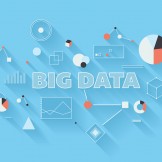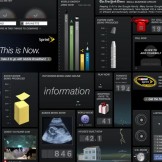Maximizing the Impact of Your Data
As we prepare for GovLoop’s State and Local Tech Trends Virtual Training, we are posting blogs about many of the sessions and some of the tips and best practices our experts will share. The virtual training is October 21st from 11AM-3PM ET and free for everyone — make sure to register here! In today’s big data environment,Read… Read more »










